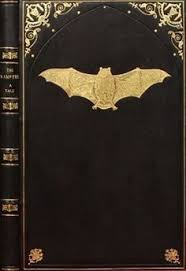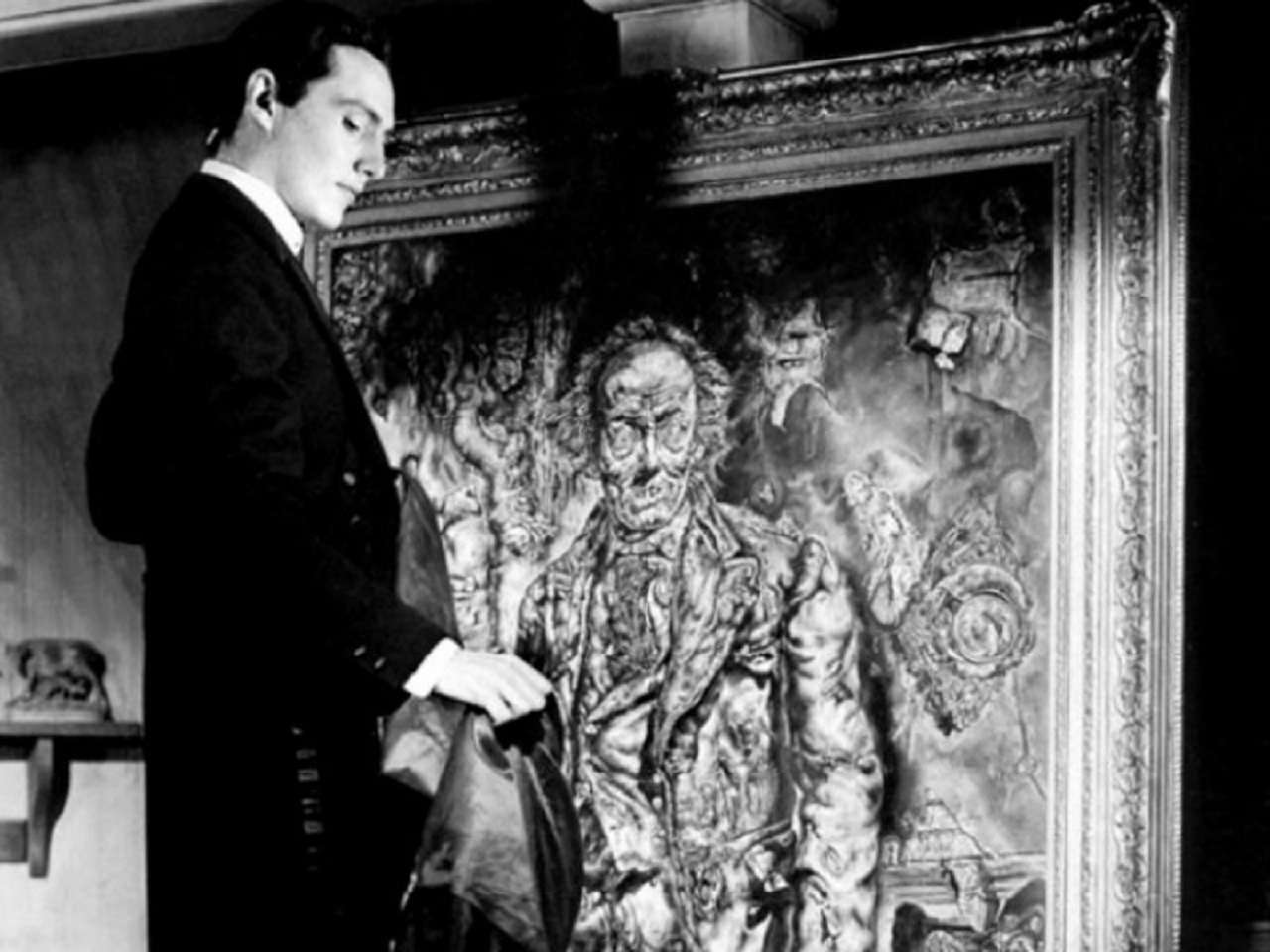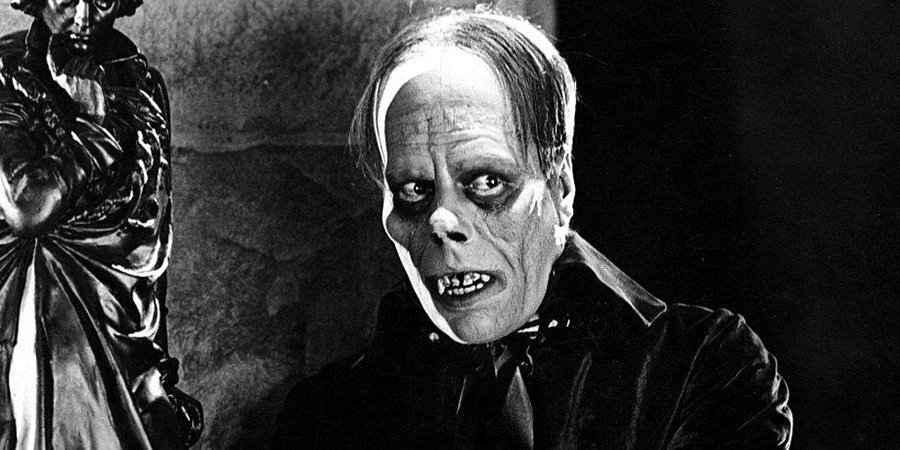
Join us in November for the North West Long Nineteenth-Century Seminar series, hosted by Manchester Metropolitan University
This Halloween seminar will focus on Gothic bodies from the Romantic period to the early twentieth century. Three speakers will consider the resonances of the Gothic body in terms of race and gender, examining themes of monstrosity, confinement, facial transformation and masquerade.
Any queries, please contact the seminar organisers Emma Liggins and Sonja Lawrenson from Manchester Metropolitan University, on e.liggins@mmu.ac.uk or s.lawrenson@mmu.ac.uk

Schedule
Date and time
Wed, 3 November 2021
16:30 – 19:00 GMT
16.30 – 17.30 Sam George (University of Hertfordshire), ‘America’s First Vampire was Black and Revolutionary: Is it time to remember ‘The Black Vampyre’?
17.30 – 17.45 break
17.45 Charlotte Chassefière (Université Paul Valéry, Montpellier), ‘Confinement and Masquerade: Charlotte Dacre’s gothic bodies (1772-1825)’
18.10 Rebecca Gibson, (University of Lancaster) ‘[T]he Corruption Implicit’: Liminal Faces and Ambiguous Moralities In Late Nineteenth and Early Twentieth-Century Gothic
Abstracts and Bios
Sam George, ‘America’s First Vampire was Black and Revolutionary: Is it time to remember ‘The Black Vampyre’?
In April of 1819, the New Monthly Magazine, published ‘The Vampyre: A Tale’ by Lord Byron. Notice of its publication quickly appeared in papers in the United States. Byron was at the time enjoying remarkable popularity and this new tale, supposedly by the famous poet, caused a sensation as did its reprintings in Boston’s Atheneum (15 June) and Baltimore’s Robinson’s Magazine (26 June). By July, Byron’s denial of authorship was being reported and by August the true author was discovered, John Polidori. In the meantime, an American response, ‘The Black Vampyre: A Legend of St. Domingo’, by one Uriah Derick D’Arcy, appeared. D’Arcy explicitly parodies ‘The Vampyre’ and even suggests that Polidori’s vampiric aristocrat had his origins in the Caribbean. A later reprinting in 1845 attributed ‘The Black Vampyre’ to a Robert C. Sands; however, many believe the author was more likely to be Richard Varick Dey (1801–1837), a near anagram of the named author.
This anti-slavery narrative from the early 1800s contains America’s first vampire who is Black. It is also the first short story to advocate the emancipation of slaves, released 14 years before Lydia Child published ‘An Appeal in Favor of That Class of Americans Called Africans’, which is widely considered to be one of the first anti-slavery books. ‘The Black Vampyre’, is also noteworthy for its idea of mixed marriage at a time when interracial love was deemed taboo.
In this paper I ask why this ground-breaking text is still relatively unknown, even in Gothic circles? It appears in none of the seminal histories of the vampire, for example. Important for being the first American vampire text, and for depicting the first Black vampire in literature; it has a contemporary resonance. The racism cultivated by slavery lives on; the struggle against it and the dreams of universal humanity expressed in the Haitian Revolution continues. I argue that the links ‘The Black Vampyre’ makes between racial oppression and a vampiric society, though ambivalent, make its resurrection worthwhile, and that the crude goriness and spookiness of Gothic vampire narratives can still have an ethical force.
Sam George is Associate Professor in Research and the Convenor of the popular Open Graves, Open Minds Project at the University of Hertfordshire. She is a writer of feature articles on literature, folklore and the Gothic in the national and international press. Her reads for The Conversation alone are 140,000. Her interviews have appeared in newspapers from The Guardian to The Independent and the Wall Street Journal. Her research interests span from women and botany to vampire studies, werewolves and dark fairies. She is the author of Botany, Sexuality and Women’s Writing (2007); In the Kingdom of Shadows; Optics, Dark Folklore and the Gothic (forthcoming 2022), and the co- editor of Representations of Vampires and the Undead from the Enlightenment to the Present Day (2012); In the Company of Wolves: Werewolves, Wolves and Wild Children (2020). She co-edited the first ever issue of Gothic Studies on ‘Vampires’ with Bill Hughes in 2013 and ‘werewolves and wildness’ followed in 2019. She is currently working on an edited collection on The Legacy of John William Polidori: The Romantic Vampire and its Progeny and researching a book on gothic fairies for Bloomsbury. You can follow her on Twitter at @DrSamGeorge1
Charlotte Chassefière, ‘Confinement and Masquerade: Charlotte Dacre’s gothic bodies (1772-1825)’
Writing from a culture that prized its women as symbols of moral property, the bearers of home and nation (Barlaskar 2020), Charlotte Dacre was (and still is) famous for her depictions of trespassing and hypersexual female characters. Concerned with issues of femininity as well as with the traditional Gothic emphasis on confined heroines, and the delimitation between ”inside” and ”outside” spaces, her four novels published between 1805 and 1811 expose the complex relationships between (anti-)heroines and their gothic bodies. This talk will be dedicated to the concepts of confinement and masquerade as developed in the novels of Charlotte Dacre, and will demonstrate the extent to which these notions can be ”harnessed” by the heroines, in order to assert their agentivity, in quite a suprising fashion when compared to other gothic texts from the time. In this presentation, I will analyse the dynamics of confinement of the heroines’ bodies—within an enclosed space, or within the traditional middle-class expectations of feminine behaviour—showing how Dacre appropriates and rewrites the sentimental motif of the blushing heroine. We shall also see how this blush (a mask among many others) can be appropriated by female characters in order to navigate their way in society, in a form of feminine masquerade that both endorses, subverts and criticises the ninteenth-century gendered double standard, and the discipline of sensibility.
Charlotte Chassefière is a PhD student in late eighteenth and early nineteenth-century British literature at EMMA (Etudes Montpelliéraines du Monde Anglophone), Université Paul Valéry (Montpellier, France), where she is also a lecturer for the English department. Her doctoral research is centred on the constructions of the self in the novels of Charlotte Dacre (1772-1825), under the supervision of Prof. Christine Reynier. Her other fields of interest include Gothic fiction, early nineteenth-century poetry, and Romantic Satanism. She is also the author of a review of Laurence Talairach’s Gothic Remains for Cahiers Victoriens et Edouardiens (https://journals.openedition.org/cve/8387), and of the chapter “’Reason, honour, and the usage of society’ in Charlotte Dacre’s The Libertine”, in the post-conference volume “I have a dream”: From a Culture of Violence to a Culture of Non-Violence edited by Anna Hamling (LCIR).
Université Paul Valéry, Montpellier 3 (France)
EMMA – Etudes Montpelliéraines du Monde Anglophone
https://emma.www.univ-montp3.fr/fr/annuaire_recherche/charlotte-chassefiere
Rebecca Gibson, ‘[T]he Corruption Implicit’: Liminal Faces and Ambiguous Moralities In Late Nineteenth and Early Twentieth-Century Gothic’
The late nineteenth century marks the moment when discourses of appearance-altering technologies, morality and the Gothic began to crystallise in literature. Novels from this era commonly incorporate characters whose disfigured appearances map directly onto their moral corruption or vice versa. Often the two are so tightly bound together that to separate the strands is to dissolve the characters altogether, as in the case of Oscar Wilde’s Dorian Gray, who sows the seeds of his own destruction in attempting to rid himself of the painting depicting his actual appearance. This paper will expand upon the implications of these representations and situate Gaston Leroux’s The Phantom of the Opera (1910) in the context of this tradition, focusing specifically on the mystery of the Phantom’s appearance, the horror of his true face, and his outsider status as a person unable to communicate with such a face. In Phantom, The Picture of Dorian Gray (1890), and other texts I will discuss, facial transformation calls identity into question, reflecting Gothic’s response to the scientific and social turbulence of the fin-de-siècle era.
Rebecca Gibson is a Gothic researcher and academic who recently passed her viva at Lancaster University. Her thesis is titled ‘Uncanny Incisions: Plastic Surgery in the Gothic Mode’. Her research interests include body Gothic, the medical humanities, ecoGothic, gender studies, and queerness.

